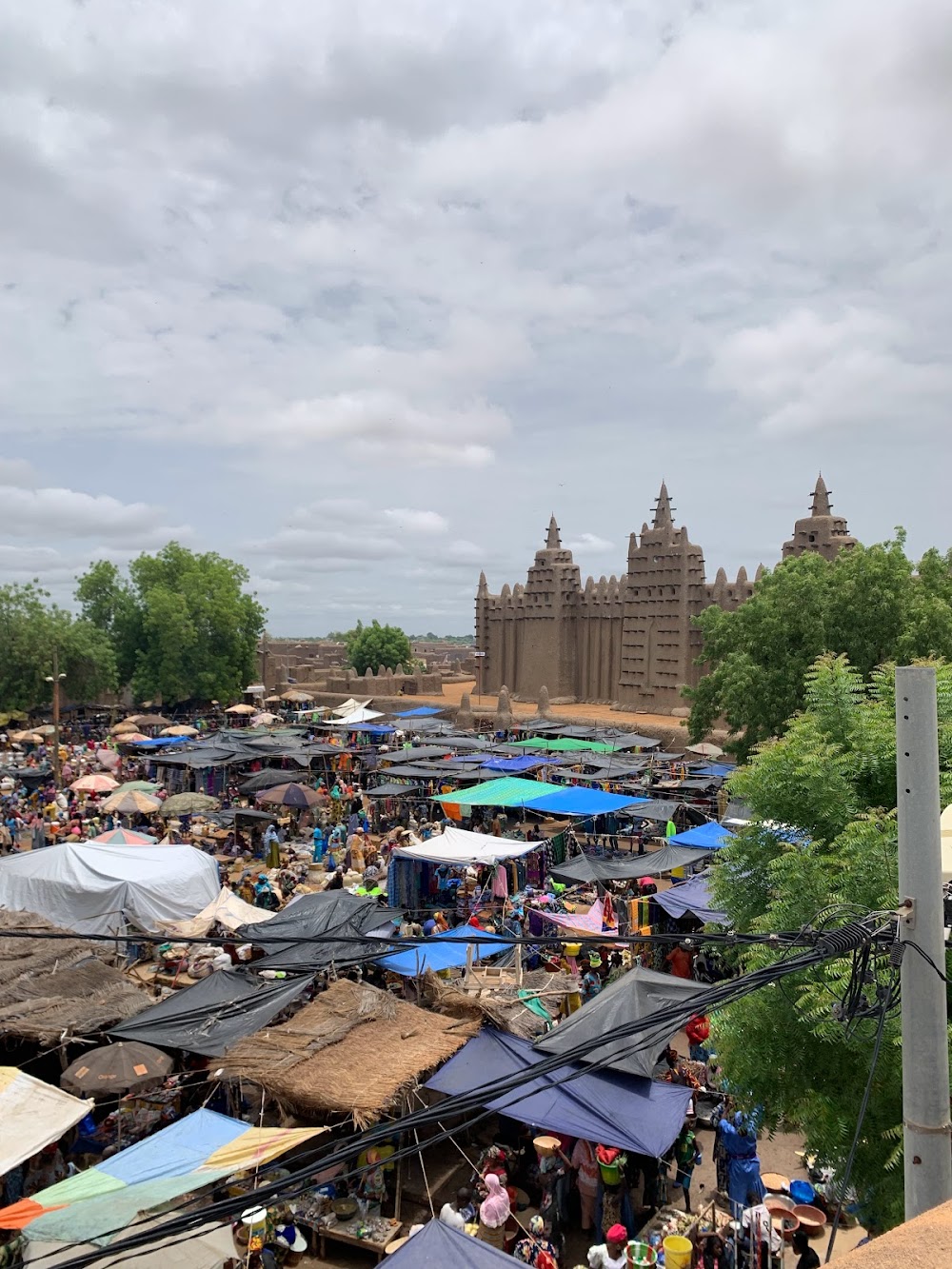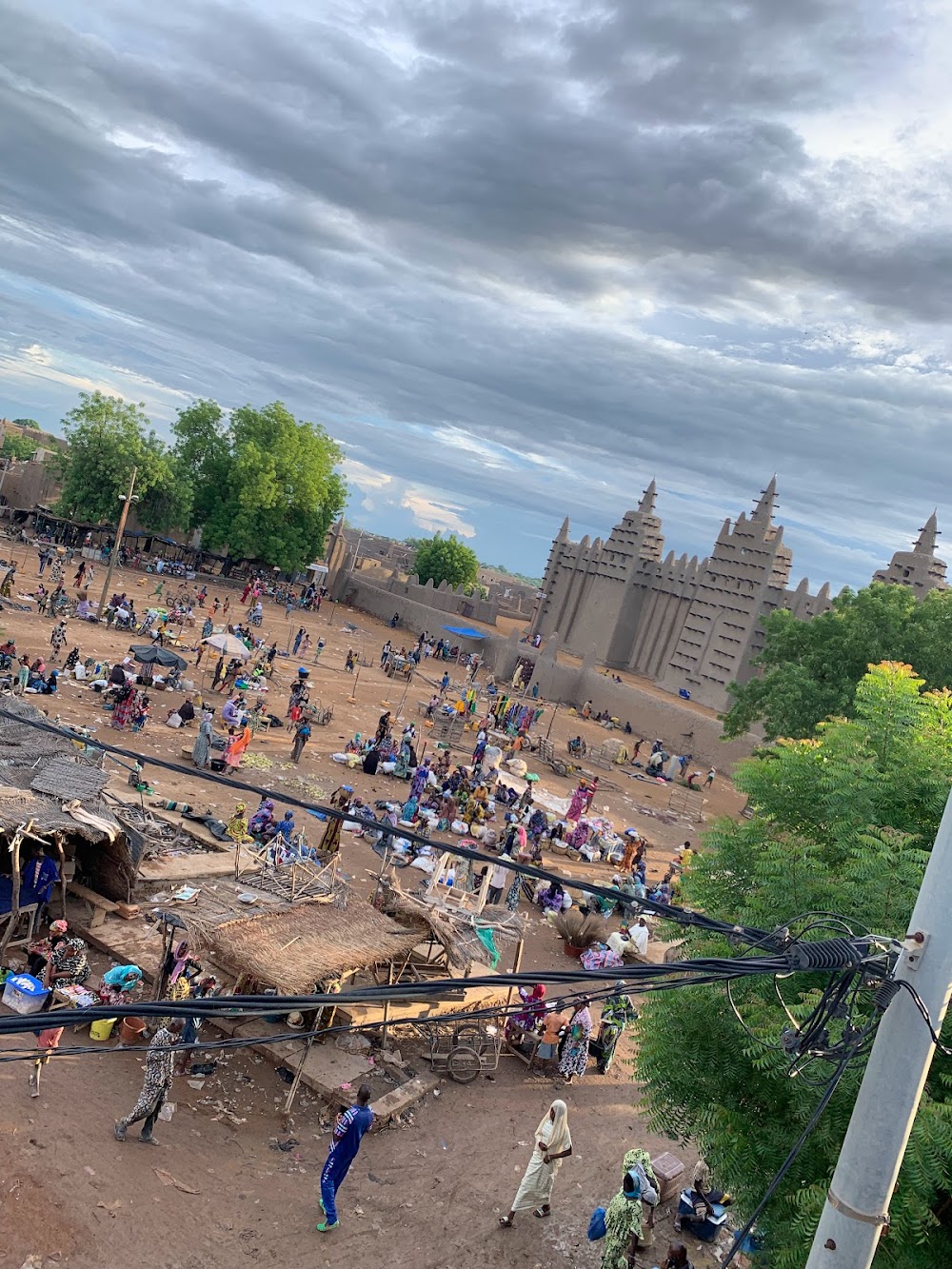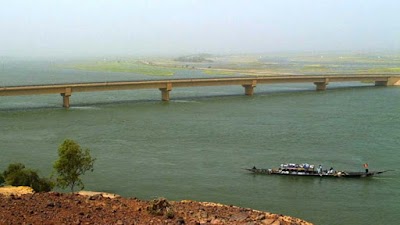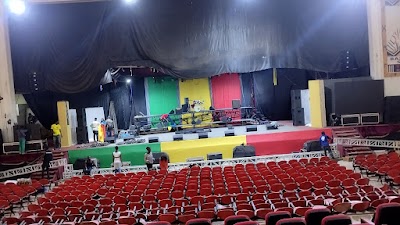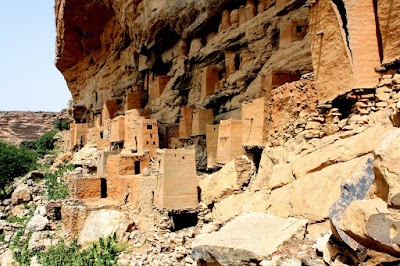Market of Djenné (Marché de Djenné)
Overview
Every Monday in the **Koulikoro Region** of Mali, the **Market of Djenné** bursts into life, weaving a vibrant tapestry of commerce, culture, and community. Nestled at the heart of the city, this market is not just a trading hub; it is a lively expression of local tradition and architectural ingenuity.
Located in the shadow of the **Great Mosque of Djenné**, a UNESCO World Heritage site and the largest mud-brick structure in the world, the market draws traders and buyers from miles around. The stalls are set up in the expansive area surrounding the mosque, creating winding lanes brimming with color and activity.
Constructed primarily from sun-baked mud bricks—known locally as **"ferey"**—the market stalls reflect the traditional Sudanese-Sahelian architectural style, mirroring the grandeur of the mosque. These bricks are crafted by mixing mud and straw, shaped into molds, and dried under the intense Malian sun. This technique not only provides natural cooling but also ensures that the structures blend harmoniously with the environment.
The history of Djenné as a trading post dates back to the 13th century when it became a pivotal junction on the **Trans-Saharan trade routes**. With goods like gold, salt, and ivory flowing through, the market has evolved while retaining remnants of its storied past. The same techniques and materials that constructed the original trading posts continue to be utilized in the market stalls today, making it a living museum of Mali's architectural and commercial heritage.
On market days, the atmosphere buzzes with the lively sounds of haggling and socializing. Vendors travel from nearby villages and towns, bringing a kaleidoscope of goods. Shoppers can find everything from fresh vegetables, fruits, grains, and fish to intricately woven textiles, handmade pottery, and traditional remedies. The market is especially renowned for its vibrant tie-dye fabrics, showcasing the exceptional skill and creativity of local artisans.
Cultural practices are integral to the operation of the **Market of Djenné**. Many stalls are family-owned and passed down through generations, preserving both the customs and crafts of the region. Negotiation here is an art form; vendors and buyers engage in spirited exchanges that serve as both a social activity and a business transaction.
The market's organization is informal yet well-coordinated, a flurry of activities managed by an unwritten code of conduct. Elder community members often assume advisory roles, ensuring smooth operations and amicable resolutions to disputes. Their wisdom and experience are invaluable in maintaining a sense of order amid the hustle and bustle.
A unique aspect of the Market of Djenné is its **seasonal variation**. During the rainy season, the nearby **Bani River** can swell significantly, impacting access to the market. Remarkably, the market adapts by relocating to elevated areas, showcasing the resourcefulness and resilience of the local people.
Full of life and history, the **Market of Djenné** is more than just a place to buy and sell; it is a vital cultural institution. It serves as a weekly gathering where stories are exchanged, relationships are built, and the rich traditions of Mali are celebrated.


